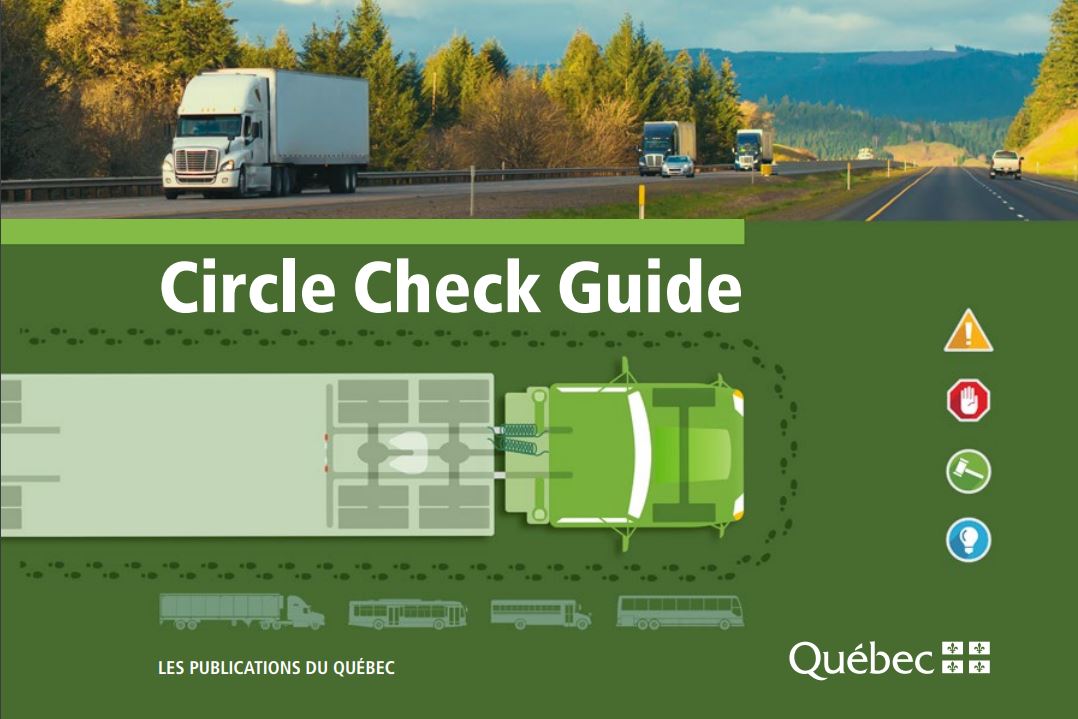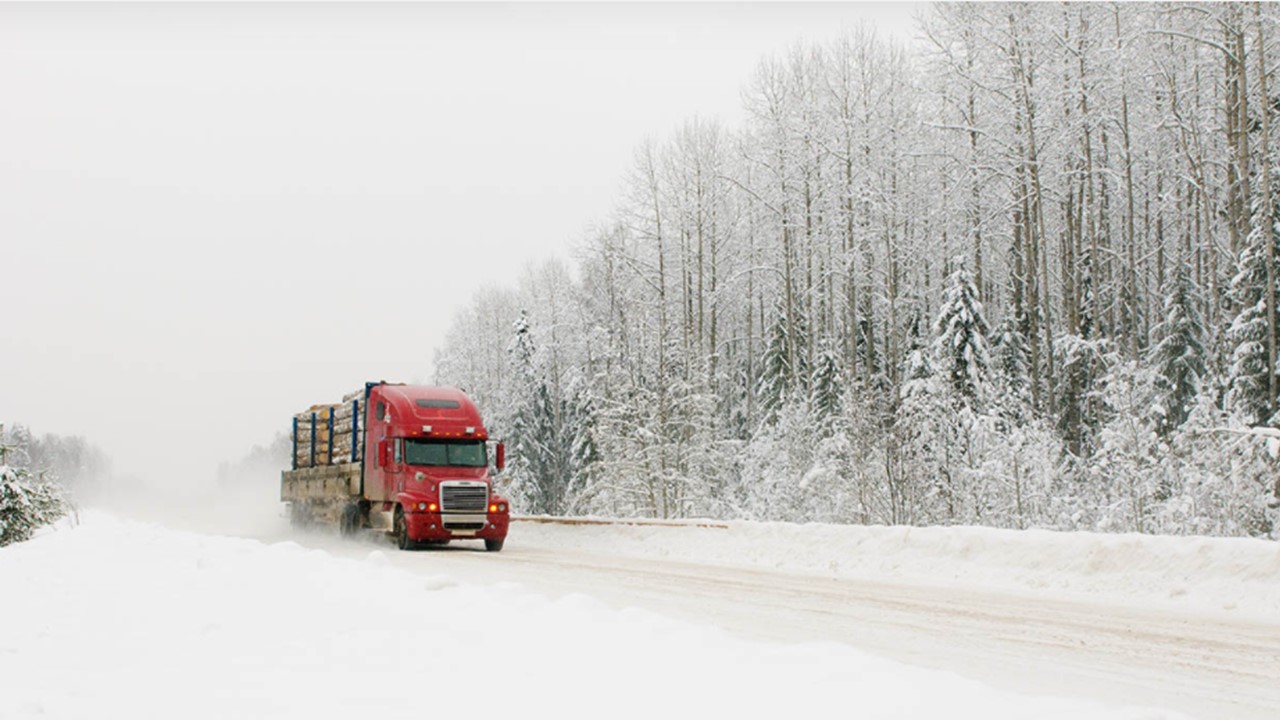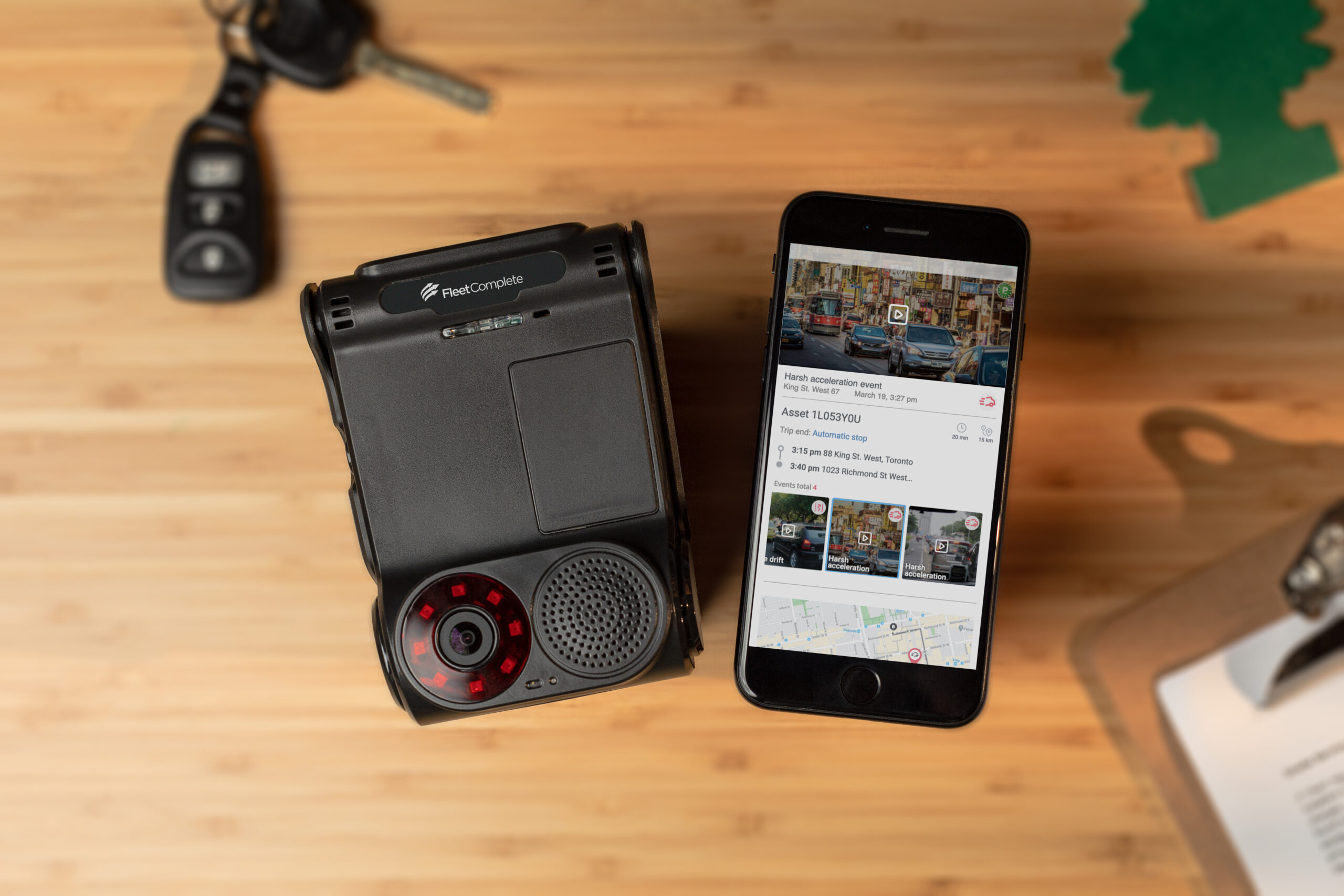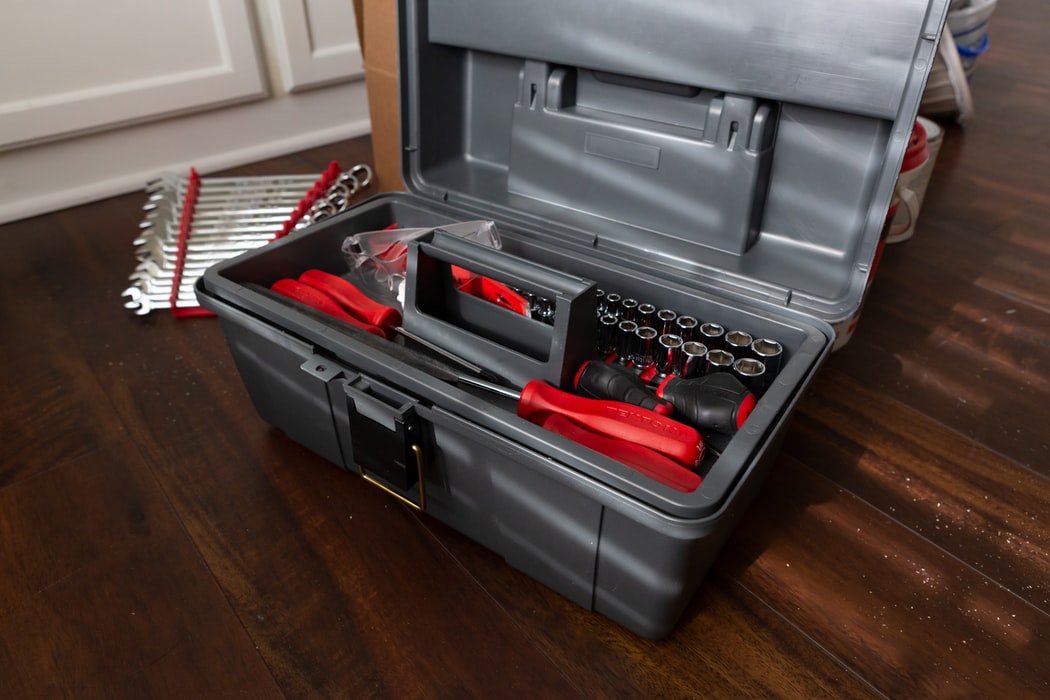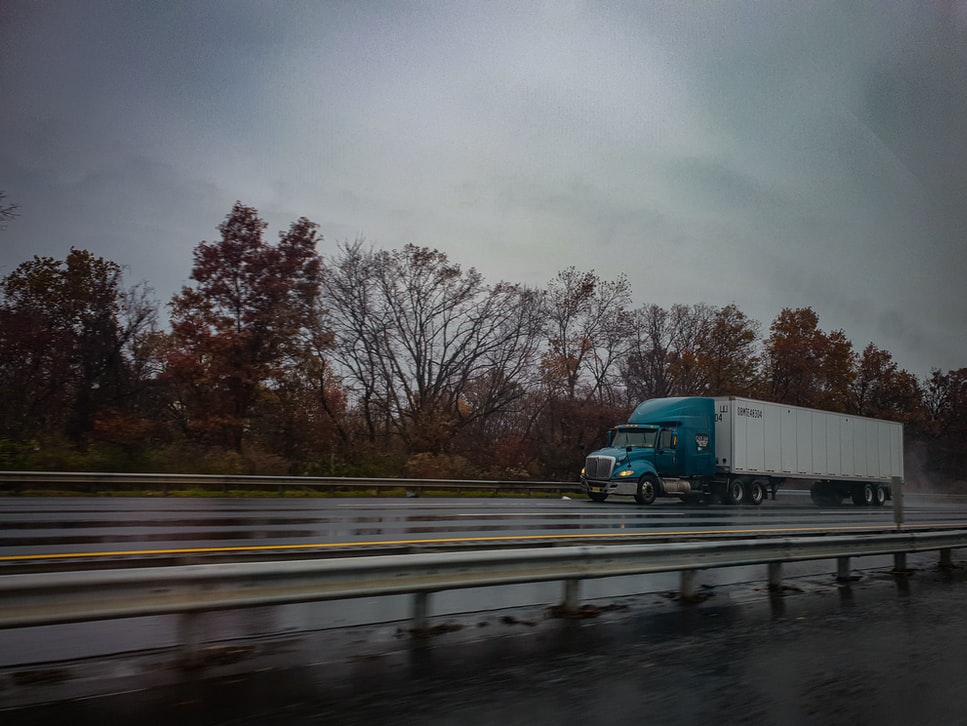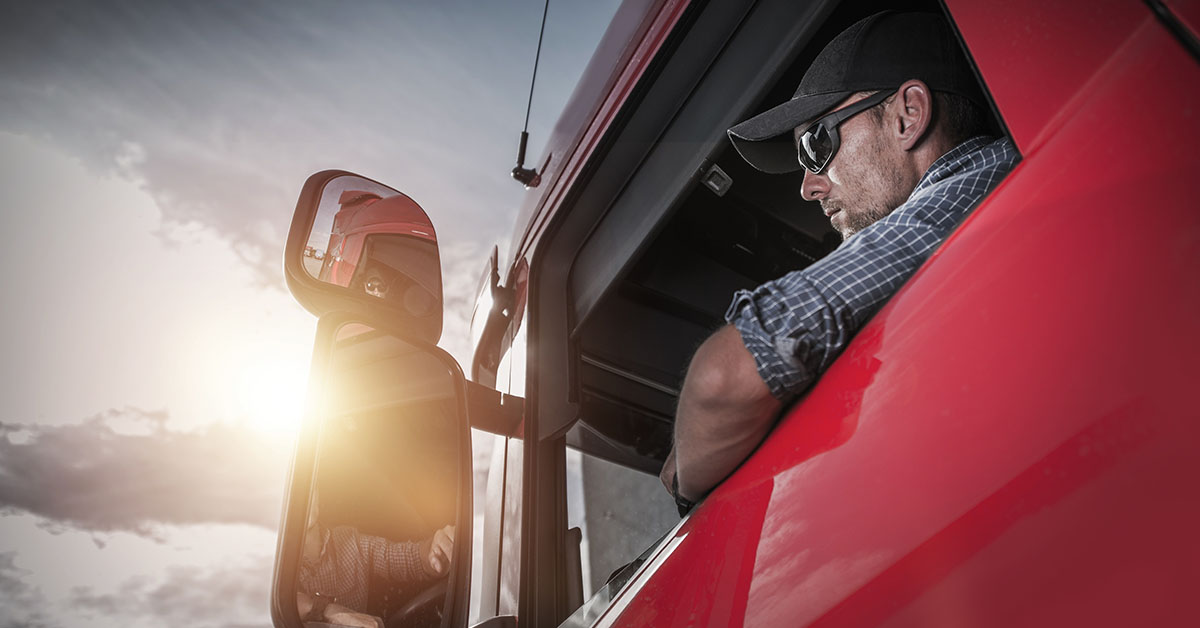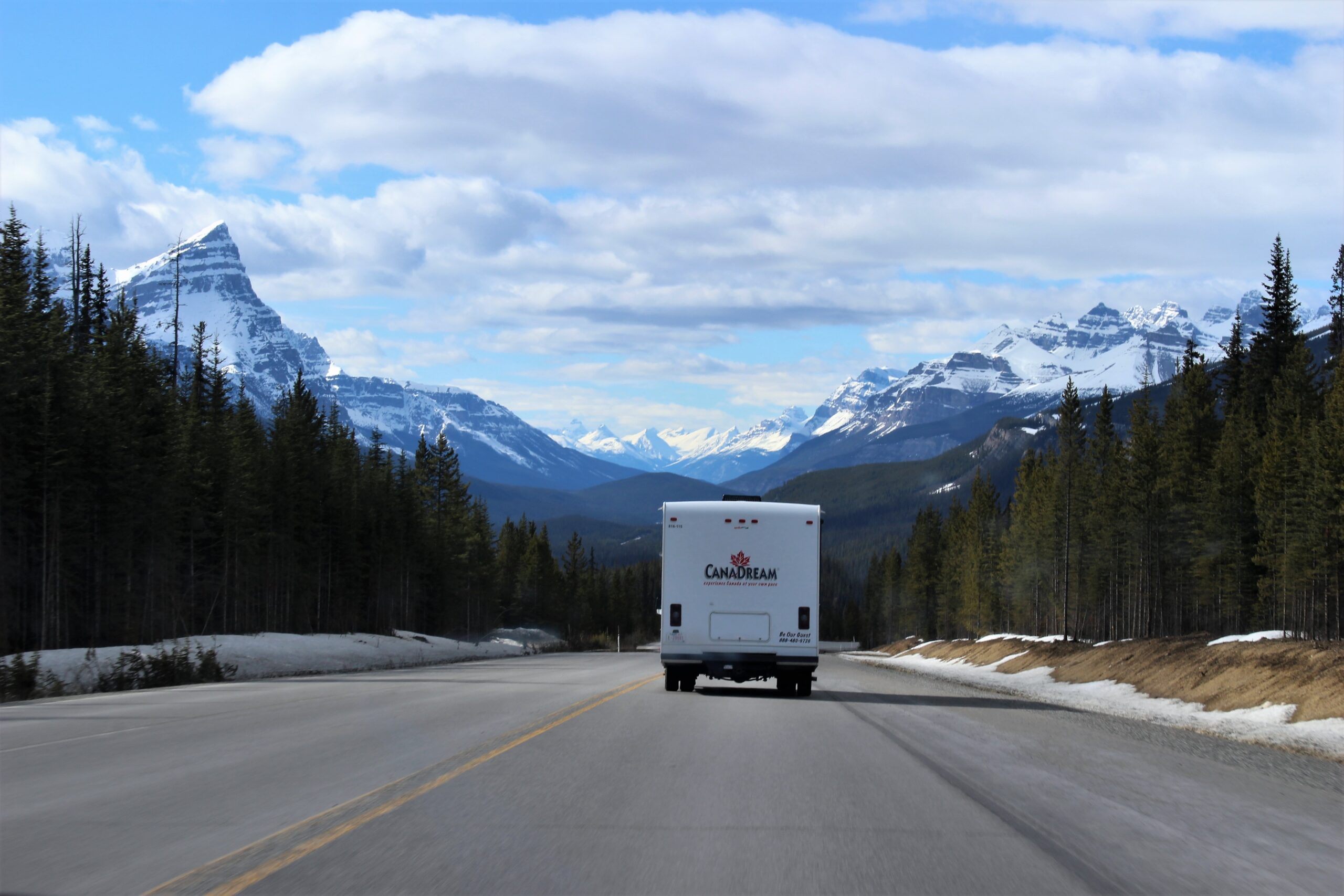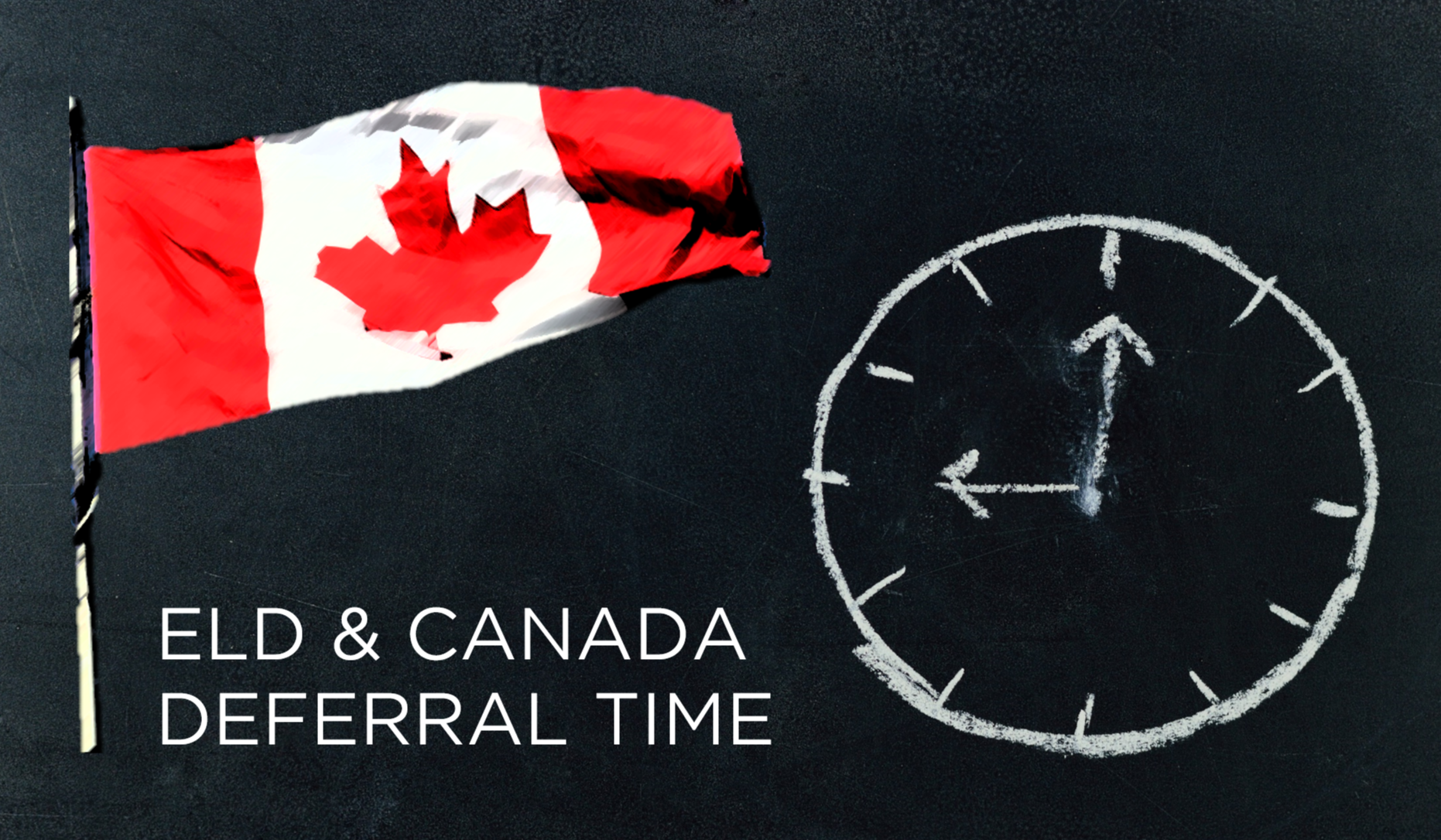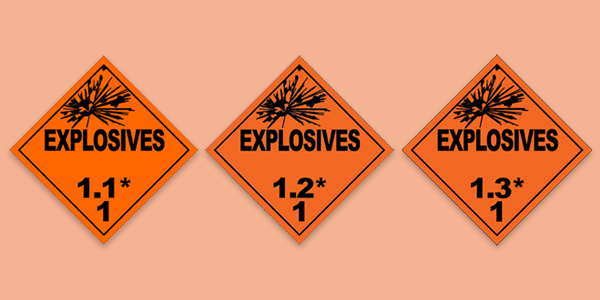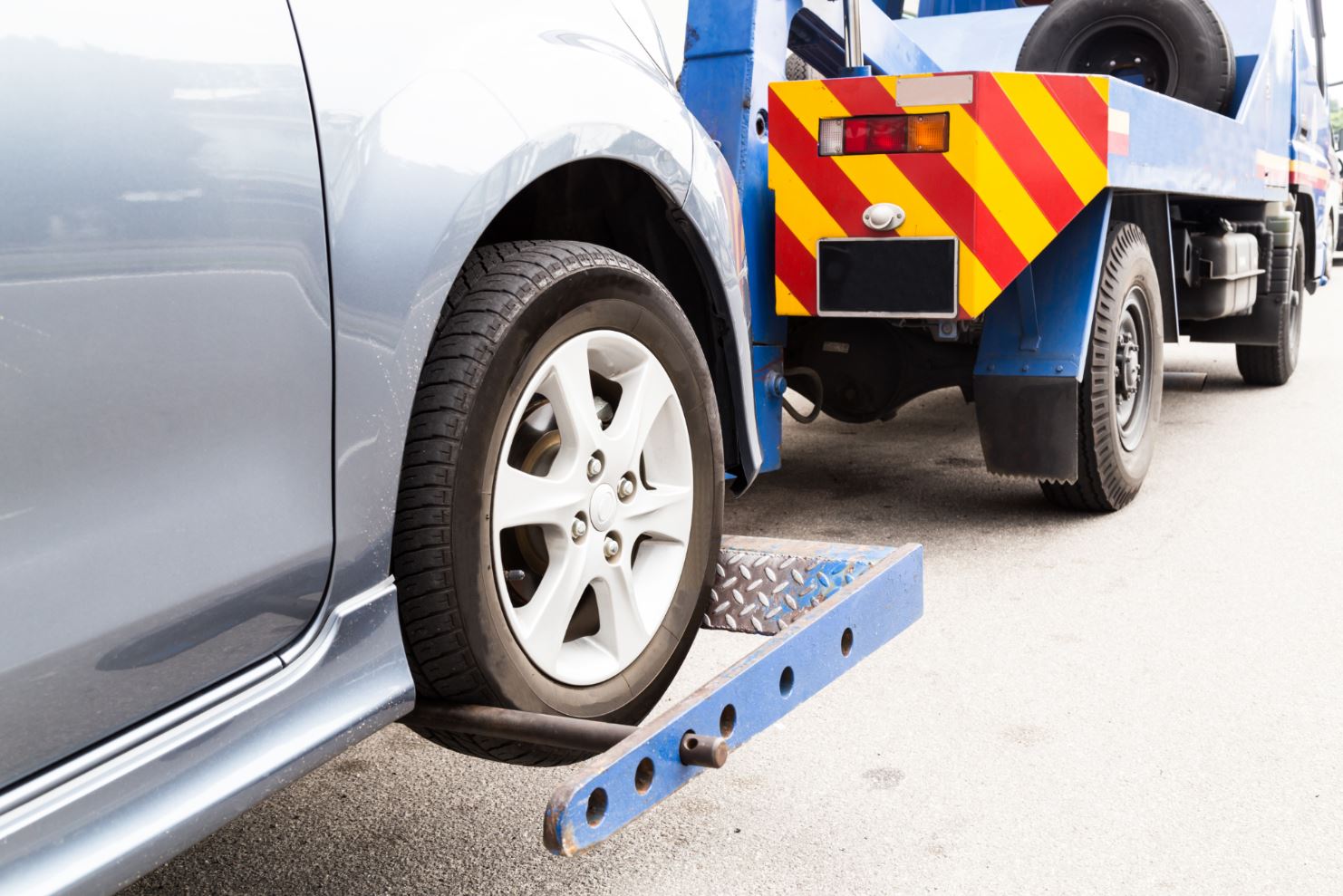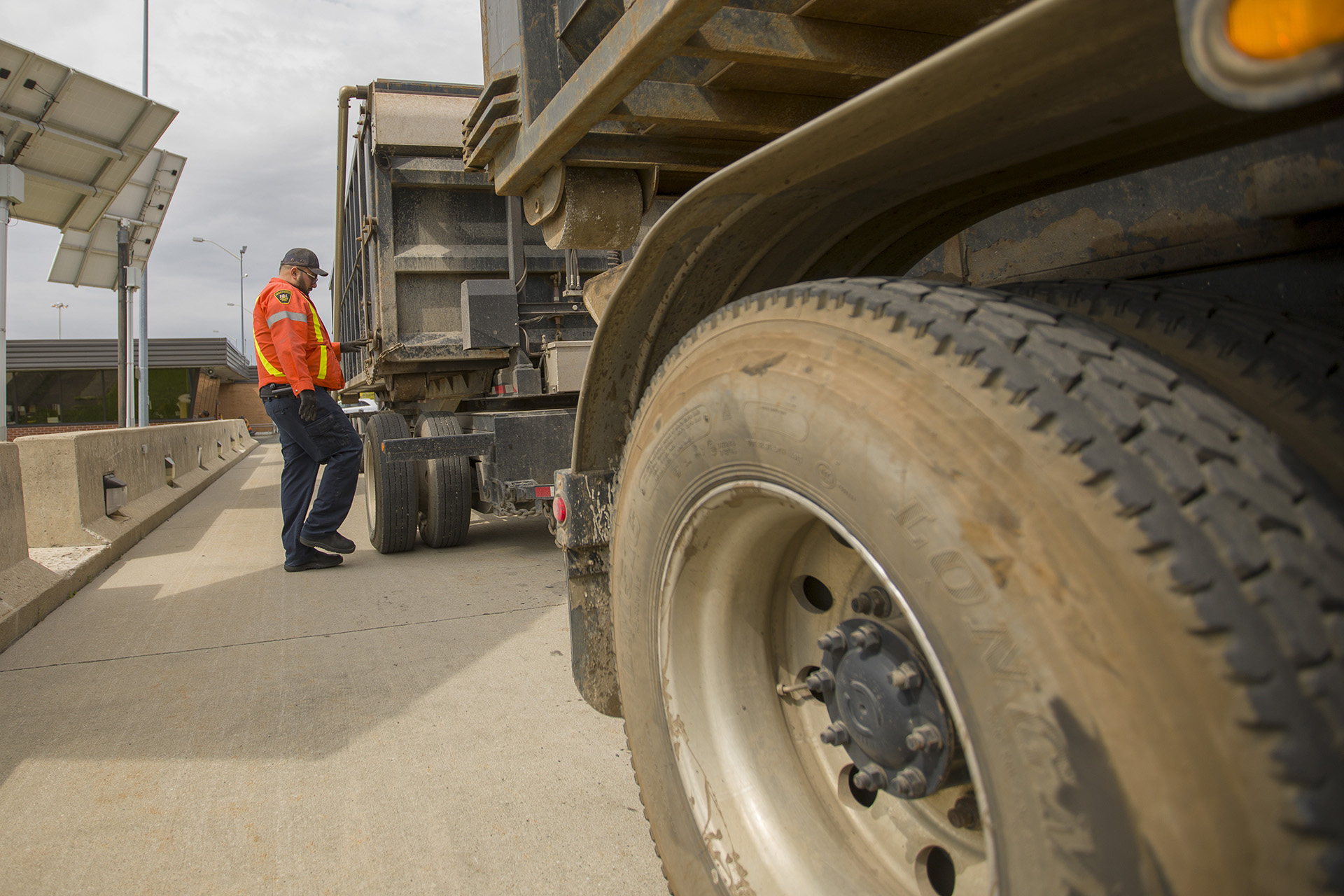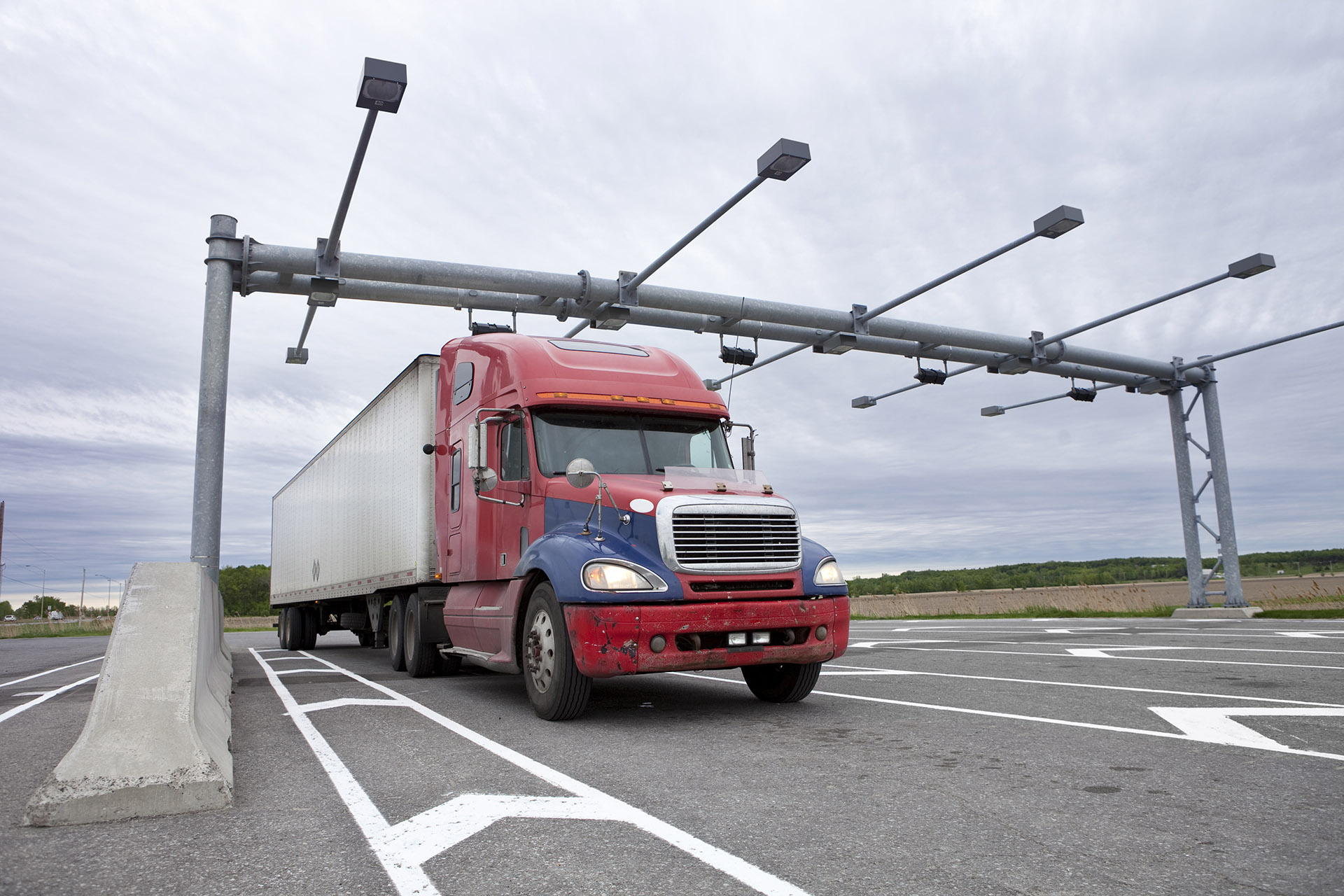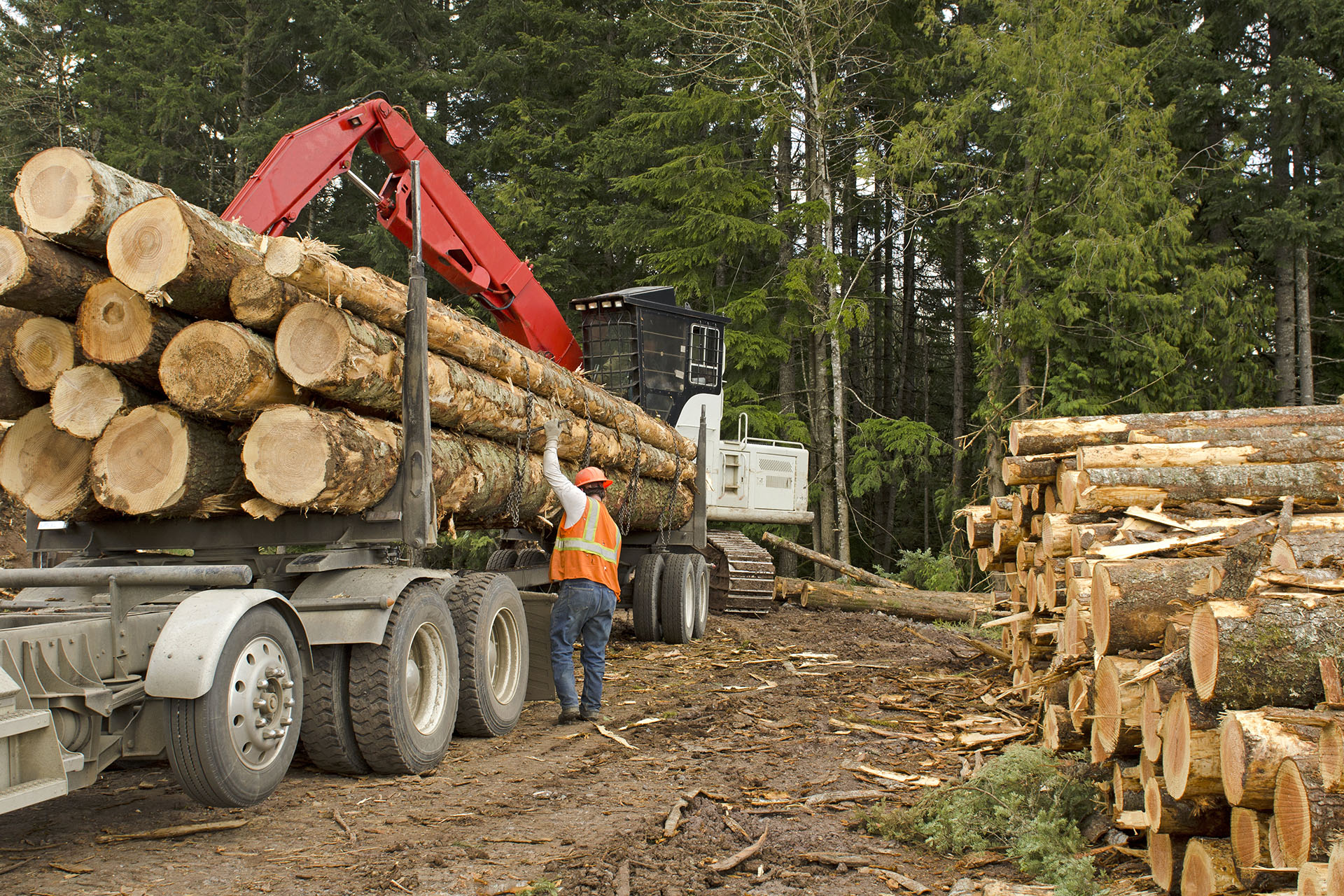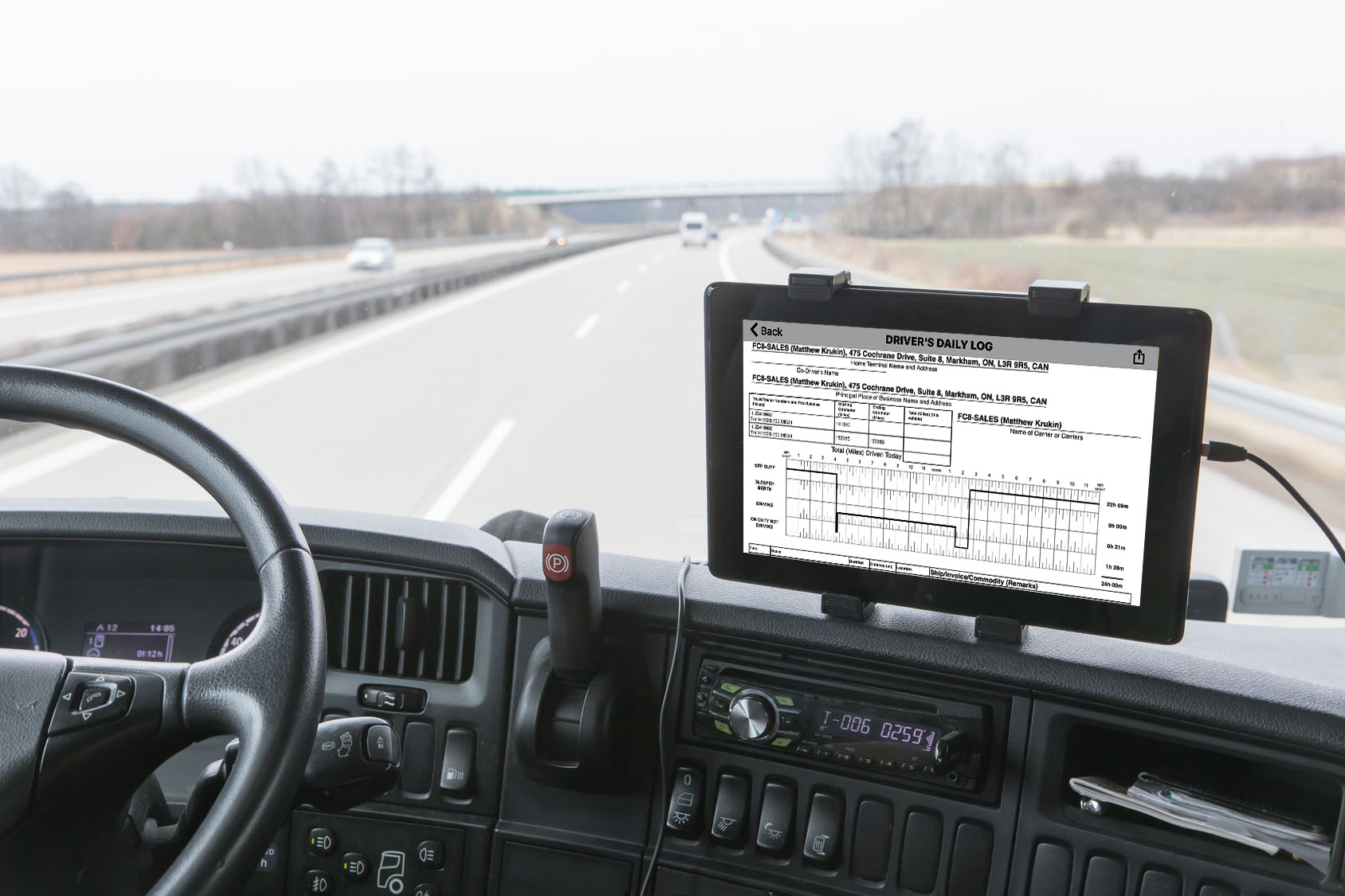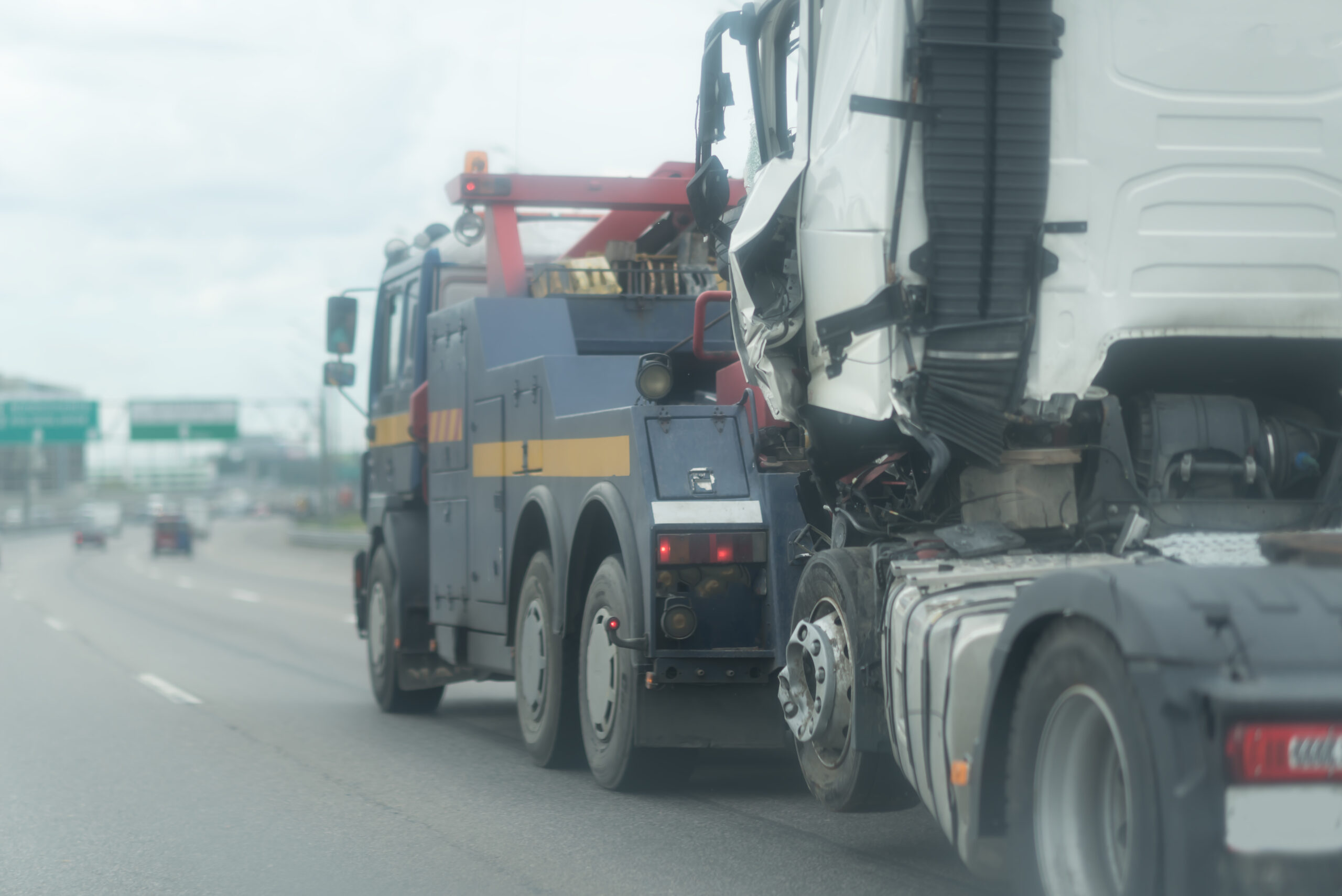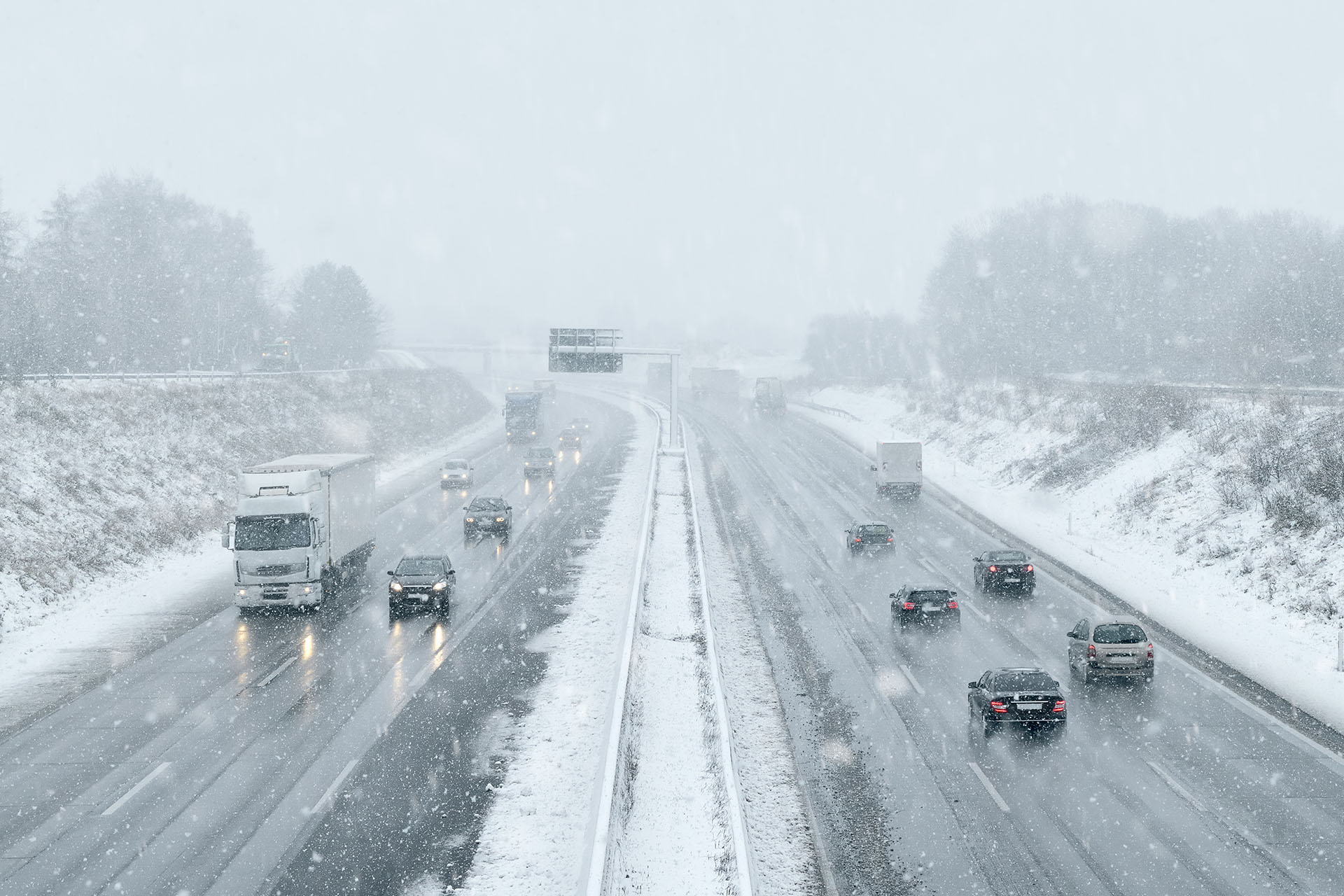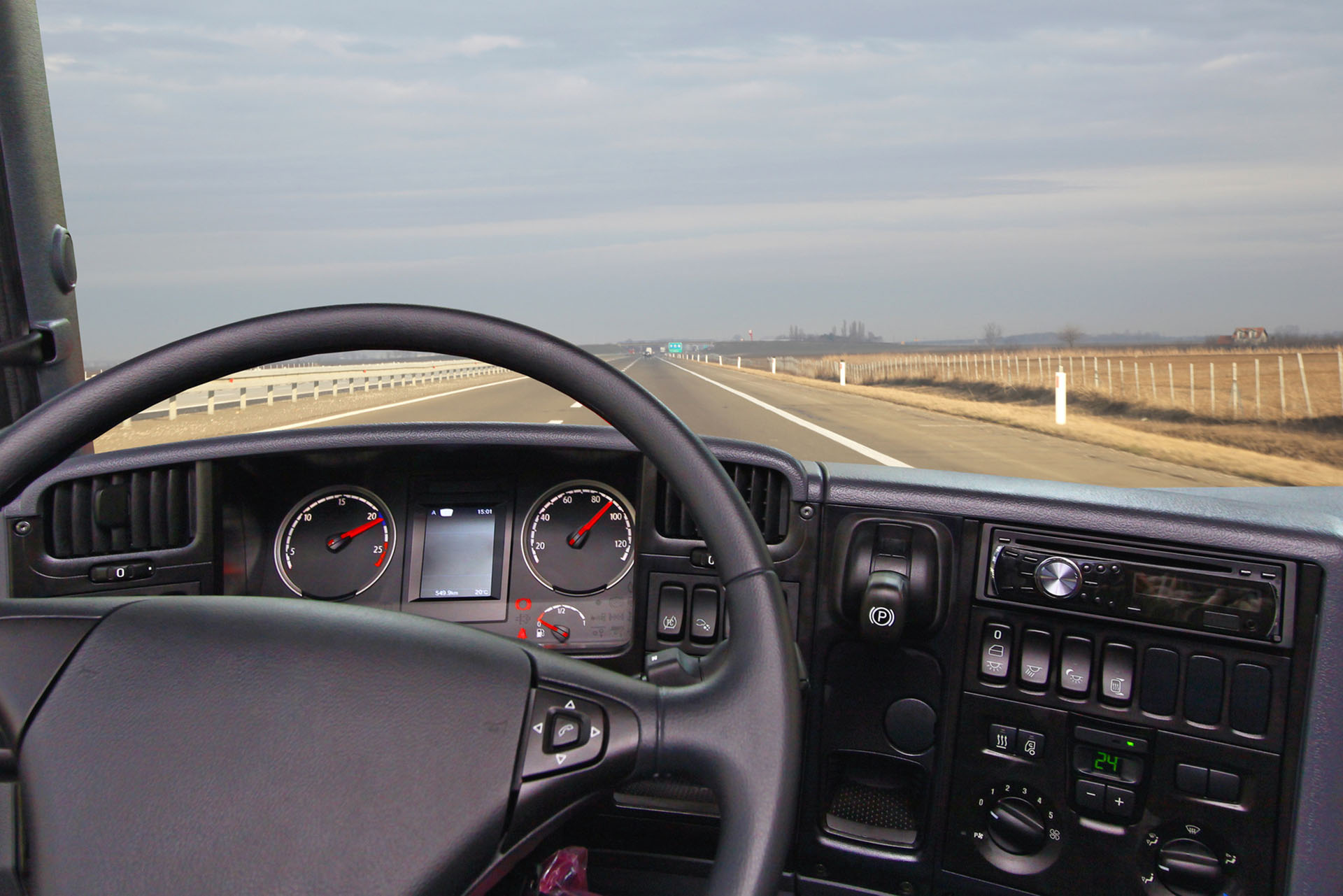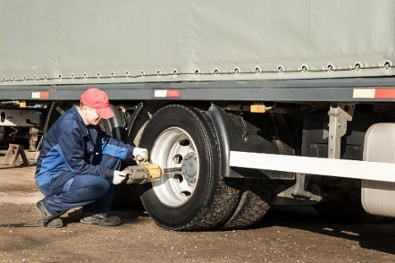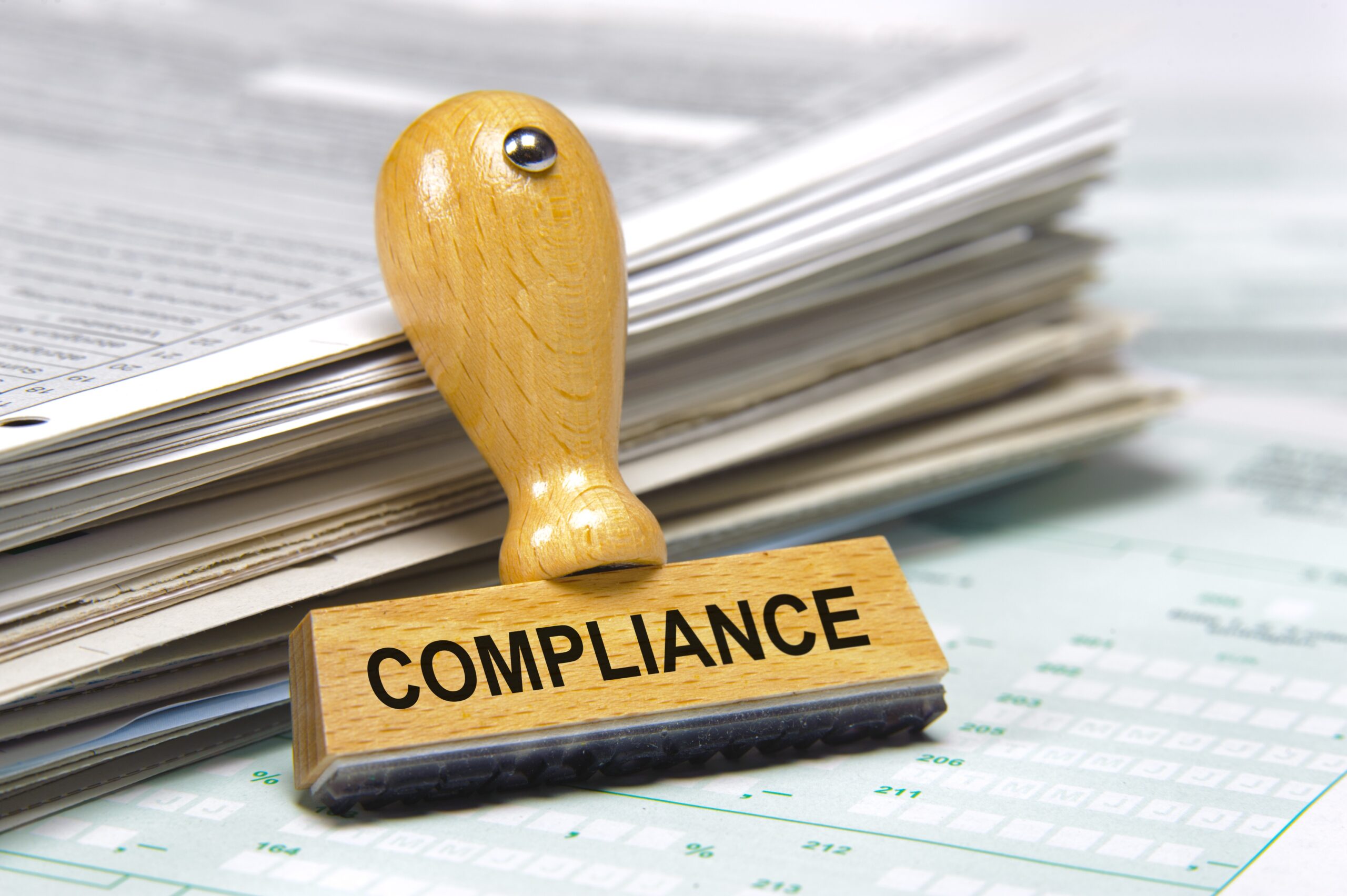When do drivers need to do a vehicle inspection? Who must do it? Who must sign off on it? And what is required of a driver during a roadside inspection?
Scroll down for US.
-
Canada
Transport Canada has no jurisdiction over the inspection of commercial vehicles (trucks and buses) in Canada. However, under the National Safety Code (NSC) Standard 13, which is a code of minimum performance standards applying to all persons responsible for the safe operation of commercial vehicles. Motor carriers must ensure that their vehicles meet maintenance and performance standards as prescribed in the regulations. I will therefore refer to provincial regulations, which in this case is Quebec.
Read more about the Regulation respecting safety standards for road vehicles as per LES PUBLICATIONS DU QUÉBEC.
Check out the Circle Check Guide provided by LES PUBLICATIONS DU QUÉBEC.
A driver of a commercial motor vehicle, unless otherwise exempt, must perform the circle check of the vehicle he/she is driving.
The circle check can also be performed by a person designated by the operator (owner) of commercial motor vehicle. In that case, the operator becomes accountable for the circle check, and the driver may accept or refuse the report.
- If the driver accepts the report, he/she must make sure that the circle check is valid (carried out within the previous 24 hours). If more than 24 hours has lapsed, a new circle check must be performed. Otherwise, the driver must then co-sign the report to acknowledge it. Accepting the report does not render the driver accountable for the circle check, but the driver must keep the report up to date, and record any defects observed during the trip.
- If the driver refuses the report, the driver must perform a new circle check, fill out and sign a new report.
-
U.S. – Interstate Motor Carrier under Part 396.
A driver of a commercial motor vehicle, unless otherwise exempt, must prepare a DVIR at the completion of each day’s work according to §396.11 . If a driver is dispatched on a trip of more than one day’s duration, the driver must submit those reports to the motor carrier upon his/her return to the home terminal.
This does not relieve the motor carrier from the responsibility of effecting repairs and certification of any items listed on the DVIR, prepared at the end of each day’s work, that would be likely to affect the safety of the operation of the motor vehicle.
Further, according to §396.13 before driving a motor vehicle, the driver shall:
- Be satisfied that the motor vehicle is in safe operating condition;
- Review the last driver vehicle inspection report; and
- Sign the report, only if defects or deficiencies were noted by the driver who prepared the report, to acknowledge that the driver has reviewed it and that there is a certification that the required repairs have been performed. The signature requirement does not apply to listed defects on a towed unit which is no longer part of the vehicle combination.
Finally, a pretrip/posttrip inspection report from another jurisdiction such as Ontario and Quebec is acceptable as a DVIR under §396.11. The report from the preceding trip must be carried on board the motor vehicle while in operation, and all entries required by §396.11 and 396.13 must be contained on the report(s).

